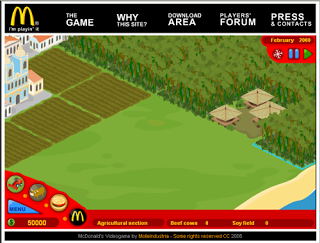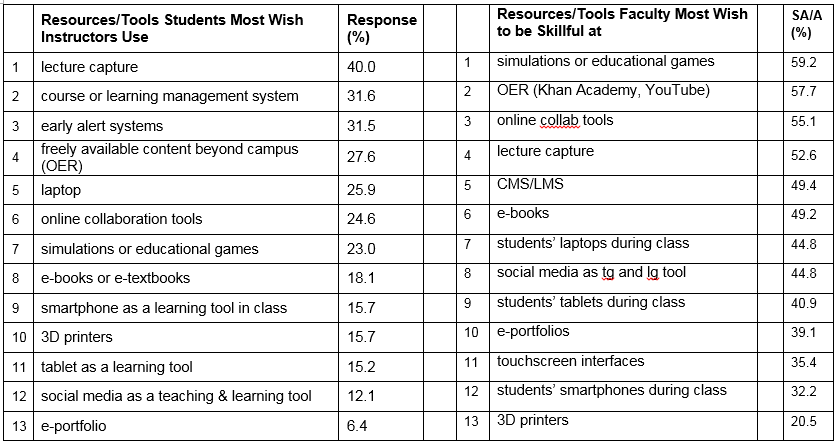ID and Educator’s Role in Online Learning Part 2
Instructional designers contribute to helping educators operate successfully; they create blueprints for them. Educators, however, must recognize that they create the environment collectively with their students in real life too, and the blueprint is just a blueprint.
Ideally, engaged pedagogy, as bell hooks (1994) wrote, is about changing, reinventing and reconceptualizing to adapt to every new teaching experience. Tough act in a classroom filled with different individuals with different abilities and needs.
Freire and hooks both inspire and remind me about education as the practice of freedom. They draw me back to a time in my life when education was empowering and not about reinforcing conformity and standardization — resulting in questioning students who are fearless about crossing boundaries and thinking out of the box. The creativity slump at or around 4th grade is a fact recognized by creativity scholars. Sadly, this continues to deteriorate as we move through the assembly line of formal education.
F2F or OL, we must do something about our educational systems where limited resources and the lack of priority given to education in federal and state budgets is making teaching and hence learning an endangered pursuit in formal institutions. Education has become more a business and less about empowerment. Adequate provisions for faculty development means systemic changes; policy changes; leadership development; teaching training/hiring; back to the fundamentals of education. OR forget institutional learning; homeschooling may be one way to go to regain control on what really matters in education.
To educate is to empower individuals to lead the lives they were uniquely born to live. My take.


